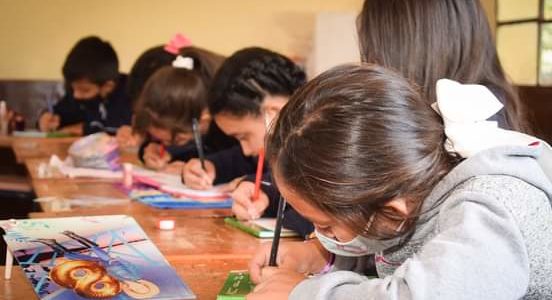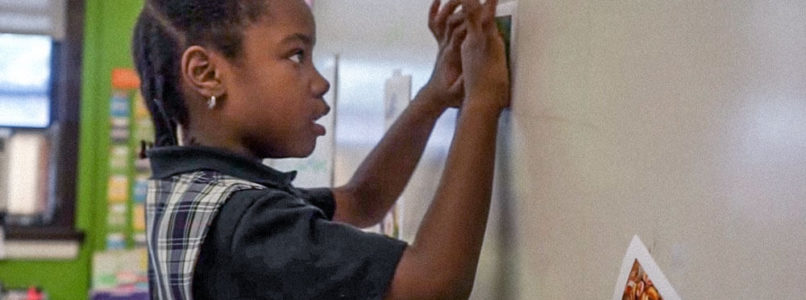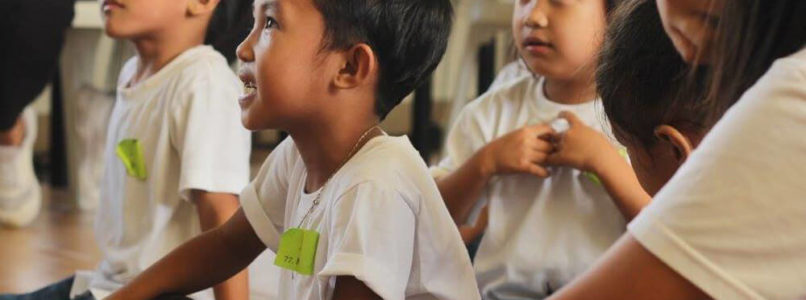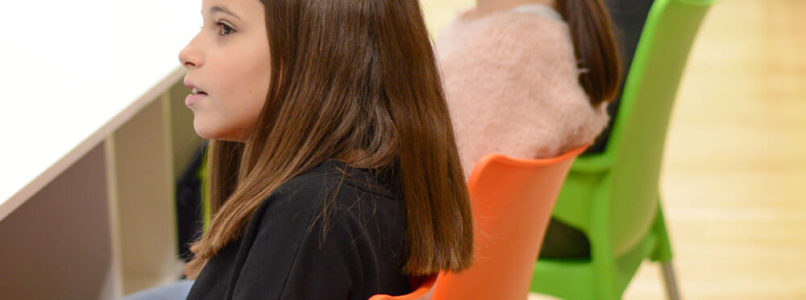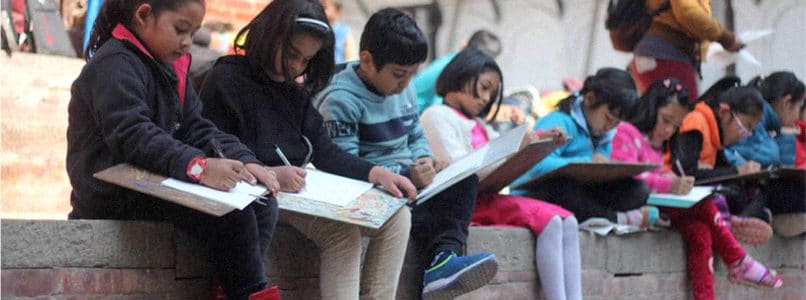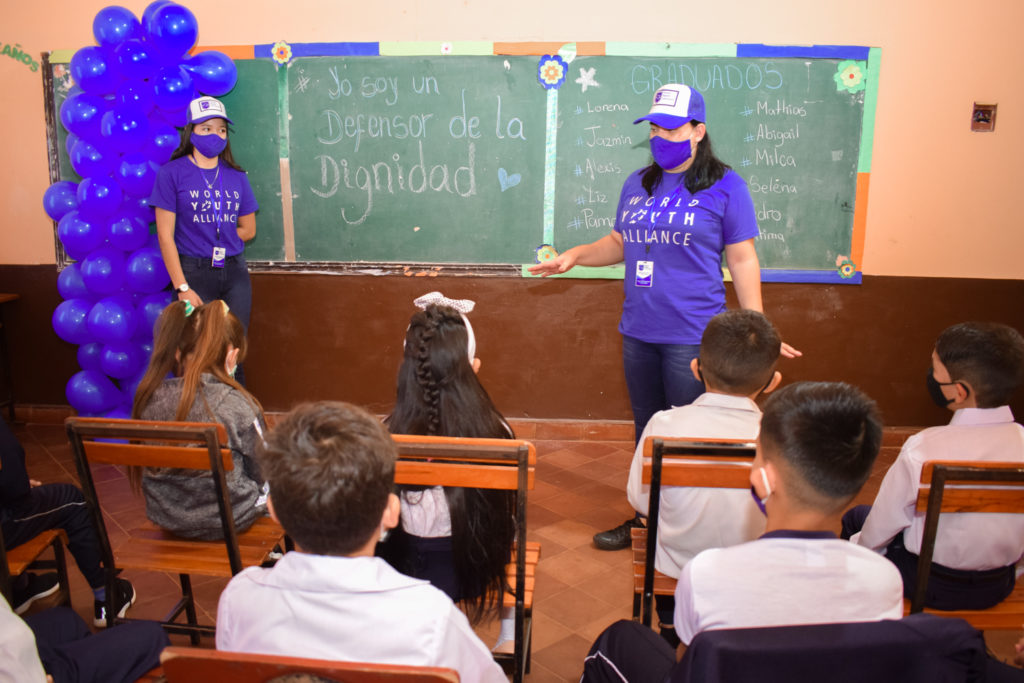
A proper understanding of human dignity, or respect for the intrinsic value of human beings by nature of being human beings, is necessary for the flourishing of human beings as individuals, in the family, in communities, and in civil society. To reach that end, a moral and intellectual formation is both indispensable and possible.
This task of education contributes to building a culture of life according to the value of the human person and fosters environments of friendship, solidarity, and dialogue in pursuit of the common good. In a culture in which these environments are becoming few and far between, how can this task of education and formation be carried out?
The Human Dignity Curriculum (HDC), developed by the World Youth Alliance, is one response to this cultural need. Philosophically, it is rooted in the essence of the human person as a being with inherent dignity, and it aims to teach young people ages 4-18 about the value of the human person, virtues as a path to freedom, the exercise of that freedom for the sake of the good, friendship and solidarity, and modern-day examples of heroes that exemplify human excellence.
“The HDC is our hope,” said Rocio Valdez, an HDC coordinator, who brought the HDC to students in her school in Paraguay.
“I think it’s important to teach kids to be able to hold their convictions firmly and to learn that life is worth it and that their dignity is a given,” Rocio shared, “regardless of the situations they find themselves in, whether that’s a position of illness or vulnerability or feeling small. Teaching young people to love themselves in the proper way and to love others without discrimination is what the HDC does,” she said.
Taking the essence of the human being as having a concrete nature and teleological end as a starting point, the HDC draws from Aristotelian classical virtue theory, thinkers such as Martin Buber specifically for his understanding of persons as subjects rather than objects, John Paul II’s articulation of the importance and beauty of human art, and heroes such as Martin Luther King Jr., Mahatma Gandhi, Sophie Scholl, and Aleksandr Solzhenitsyn.
As a complement to the formation provided in the HDC, the teenFEMM and teenMEN programs, which are link-in modules that cover topics such as physiological development, health-hormone connection, and emotional and physical changes, offer students a deeper understanding of the physical, emotional, intellectual, and spiritual nature of the human person.
“One story that I will never forget,” Rocio said, “is about a girl who was very shy and rarely spoke in class. I could tell she felt unable to share her opinions in class, and wasn’t even able to play. One day, we came to the lesson, ‘Me: Choosing for My Body’. In the lesson, we discussed the importance of health and identified ways to demonstrate self-control over our bodies. They learned that living a life of self-control means that we choose what is healthier, and that we behave in a way that respects those around us.
That little girl was shocked. She shared with me later that it was inspiring to understand that she could make good decisions for all aspects of her life, and particularly regarding eating sweets in excess, which was affecting her physically and emotionally. The plan of establishing a daily personal goal helped her to improve her physical, mental, and emotional state. Not only that, but she now had a framework to understand her dignity and value as inalienable, and she was able to discover and ground her self-esteem in the dignity that she has as a human being. I will never forget watching her at the end of the course–that jumping, smiling girl was not the same as before–and that was amazing to see.”
The HDC, combined with teenFEMM and teenMEN, seeks to help young people to grow in the awareness of their intrinsic value, and to see themselves as protagonists in their own education and moral formation.
The HDC has been successfully introduced to primary and secondary schools in Africa, Asia Pacific, Europe, Latin America, the Middle East and North Africa, and North America, and continues to grow. Follow our work and learn more today at https://humandignitycurriculum.org/
Published: January 25, 2022
Written by: Breck Giltner

